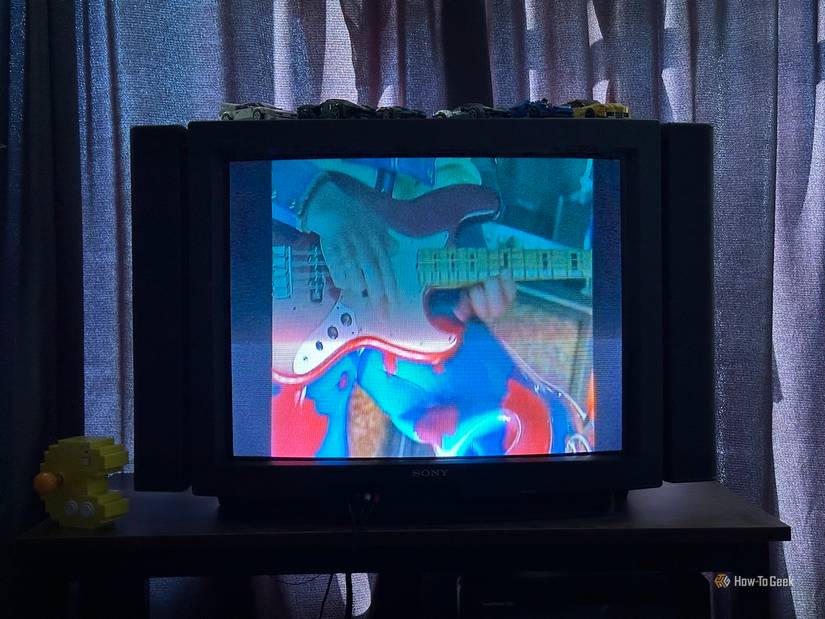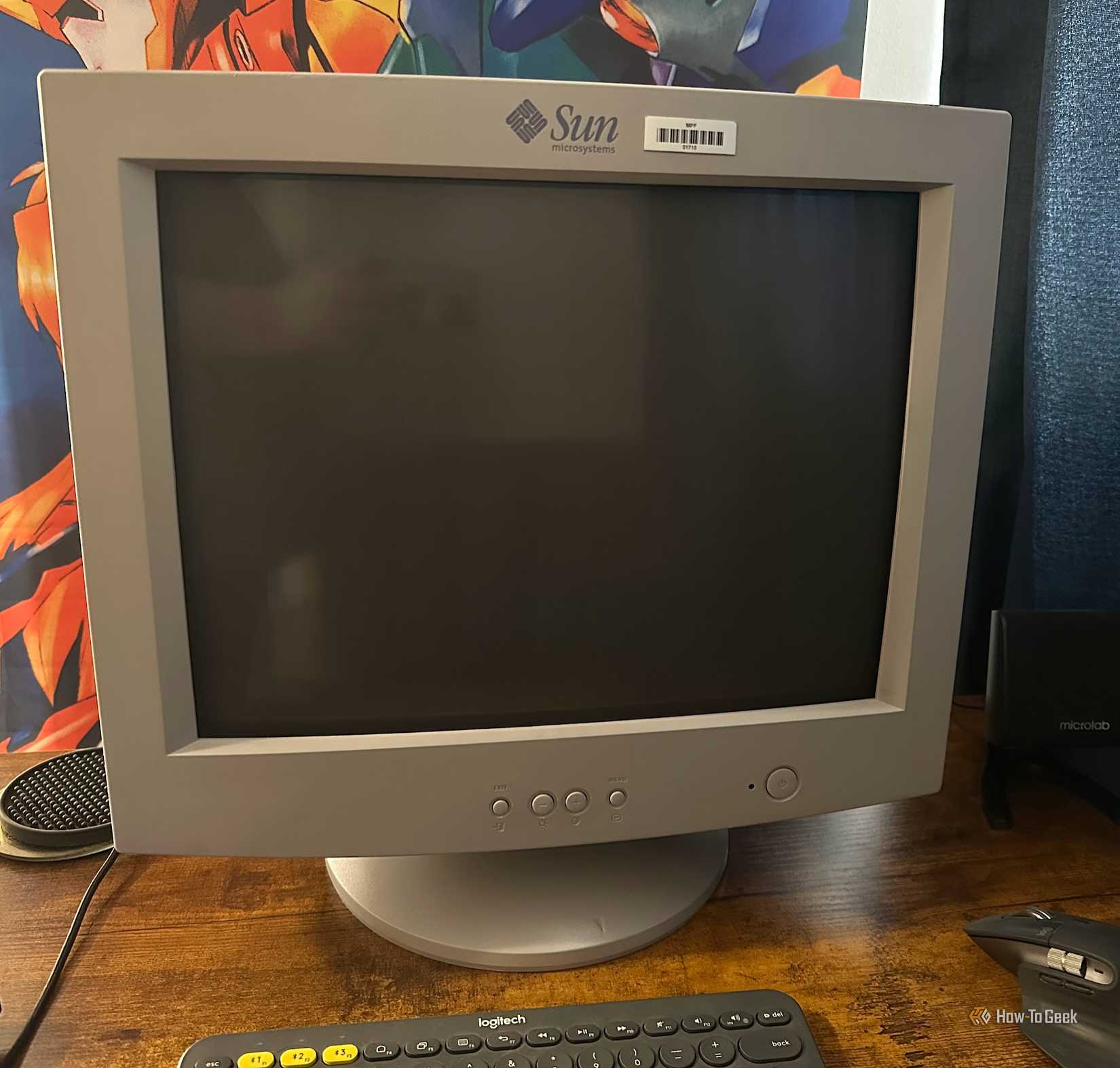If you're as into CRTs as I am now, you've probably realized that when you try to share your hobby online, your screens don't look quite right on camera. This is nothing new and is due to the fundamental operating principle of CRTs.
It's not just you. If you watch old movies, shows or news clips with a CRT on your camera, you will often see them flicker or have a streak moving from top to bottom that is invisible to the naked eye. Why does this happen and is there a way around it?
How CRTs display images
To understand why your CRT photos don't look right, you need to know a little about how CRTs work and how modern flat panel displays do their job.
I won't go into technical detail because I don't need to, but CRTs are worth reading about! So, on a modern flat display, the entire image is represented by a grid of physical pixels that synchronously change their state. These screens are also called “sample-and-hold” displays because they can hold the image perfectly stable until a signal tells them to change it.
On the other hand, a CRT does not show you the entire image at once. Instead, it uses electron beams to paint an image on glass coated inside with a phosphor. It starts from (your) top left corner and then draws lines from top to bottom across the display.
There is a very popular video by Slow Mo Guys it shows you exactly how a CRT draws an image and you don't have to watch the whole thing, but I highly recommend you do because it's all Very chill.
This is the main reason why it is difficult for your camera to capture in video or photography exactly what you see with the naked eye when you look at a CRT. Now let's break this down into problematic elements.
Refresh rate and shutter speed collision
The first problem is that your camera has a shutter (mechanical or electronic) that controls the amount of light captured in a single photo or frame of video. A slow shutter speed results in a longer shutter speed, and a fast shutter speed results in a short shutter speed. The faster the shutter speed, the sharper the movement captured, but the less light each frame or photograph receives.
North American CRTs refresh the entire screen at 60 Hz, so if shutter speed of your camera is not in sync with your CRT screen refresh, you will catch it in the middle of each refresh. But wait, flat screens also have a refresh rate, so what does that do? The reason this isn't a big problem with LCD or OLED technology is because, as I mentioned earlier, the entire image is updated at the same time. Thus, there is no “scan line” that can be caught during the image update process.
Oddly enough, but the phenomenon screen tearing occurs on flat panel displays because the input video signal is still written to the screen buffer in the same way. So, if the frames output from your source are not synchronized using something like vertical syncyou will see a line dividing the previous and current frames, which will be visible on the screen at the same time.
Phosphor glow and color problems
In addition to being able to see a visible line where the electron beam is doing its thing, you will also notice that the color and brightness in your photo appears inconsistent. This is because the phosphors in the screen begin to dim almost immediately after being excited. Thanks to the inertia of vision, you won't notice that parts of the screen are not as bright and colorful as others. However, your camera can't be fooled, and that should be pretty obvious.
Geometry and curvature distortion
Most CRTs are curved outward like a fishbowl, and only a few of the latest TVs and monitors have a flat screen. Because CRTs are made of glass, you'll likely have problems with both distorted images and unpleasant reflections, depending on lighting conditions and angle.
How do people cope with this
Okay, how can you get around these problems? The issue with CRT refresh rates has been so widespread that some cameras even have a special setting that allows you to adjust the shutter until it's in sync with the monitor you're shooting on. However, newer cameras may not have this feature, and smartphones, from what I've seen, usually don't have it. Personally, I prefer to use Live Photo or its equivalent on my phone. Here the phone takes a short video and you select the best frame from that video as a photo. This makes it easy to select when you can't see the scan line, but obviously only works for photos.
Lowering the contrast on a CRT can help eliminate blur and reduce harsh differences in color and brightness in a photo. To minimize reflections, you will have to play with the lighting in the room. The darker the room, the less prone to reflection the screen is.
In professional settings (such as TV shows or film sets), dedicated equipment such as genlock can be used to sync multiple displays and camera equipment to one master sync signal, but if you have access to one, you already know more than we've discussed in this article.
If you're just trying to make a screenshot look like it appears on a CRT, you're better off just using some kind of CRT filter rather than trying to shoot it on a real CRT. In any case, no one viewing it on a flat panel will be able to see what a real CRT image looks like.
If you're trying to share a CRT screen image for some reason, this can also help you avoid breaking a sweat trying to get the perfect photo. I think the way CRTs look in photos and videos is just part of the charm anyway, so don't waste your time nitpicking. Broad strokes are fine!










